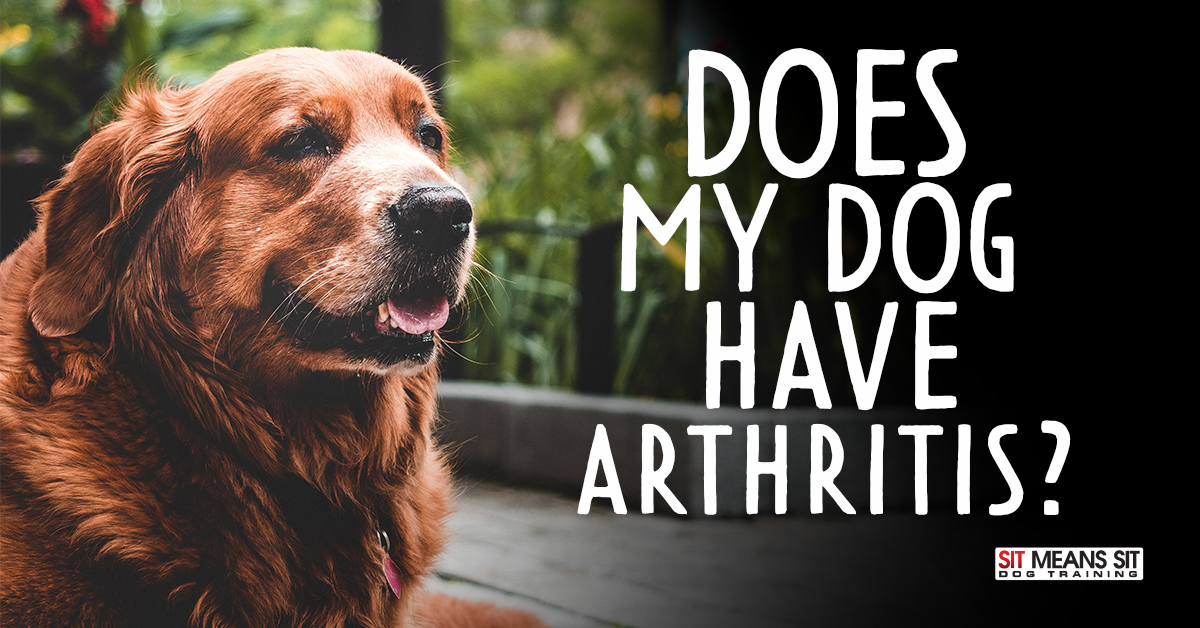
Does My Dog Have Arthritis?
Arthritis is usually the result of ongoing wear and tear and instability in the joints. Although other factors such as injury, genetic makeup, infection, immune disease and cancer can also affect the progression. The most common joints affected in dogs are the hips, knees, shoulders and elbows.
We have created a guide for pet owners on how to see the signs and how to manage arthritis.
Signs of Arthritis
- Reluctance to walk, climb stairs, jump or play
- Limping / lameness (inability to properly use limbs)
- Lagging behind on walks
- Pain or stiffness when getting up or down
- Yelping when touched
- A change in personality (aggression when normally good-natured)
- Licking of the affected joints
These signs become more obvious as arthritis progresses and the pain worsens. As a result of the changes that have occurred in the affected joint/s, arthritis in dogs can not be cured. However, the pain and discomfort can be controlled and managed.
Managing Arthritis in Dogs
The first step is to make an appointment with your vet for a thorough examination. After a general anesthetic and radiographs to determine exactly what is happening in your dog’s joints, a multi targeted plan will be put together.
There are 4 important areas that will be focused on:
- Weight management- overweight animals will place more weight on their joints, causing localized inflammation and irritation.
- Exercise management – regular controlled exercise (leash walking, swimming) is extremely beneficial for keeping the joints mobile and the muscles working well. On the other hand, uncontrolled exercise (chasing after tennis balls, racing up and down sand dunes) can place bad pressure on ligaments and result un permanent damage to the joints. Sadly, the tennis ball may have to be retired.
- Home comforts / environment changes – in mild cases of arthritis, simple steps taken at home will help reduce their level of pain or discomfort. Make sure your dog has a warm, comfy place to sleep that is away from any drafts. Plenty of bedding will help protect sore joints. Getting ramp as an alternative to a few stairs can be a huge help too.
- Veterinary treatments – There are a lot of treatments available to manage arthritis in pets. The best option will depend on your dog’s age, severity of signs, progression of the disease process and whether they have any other health problems.
If you feel your dog may have arthritis, call your vet and schedule an appointment.
